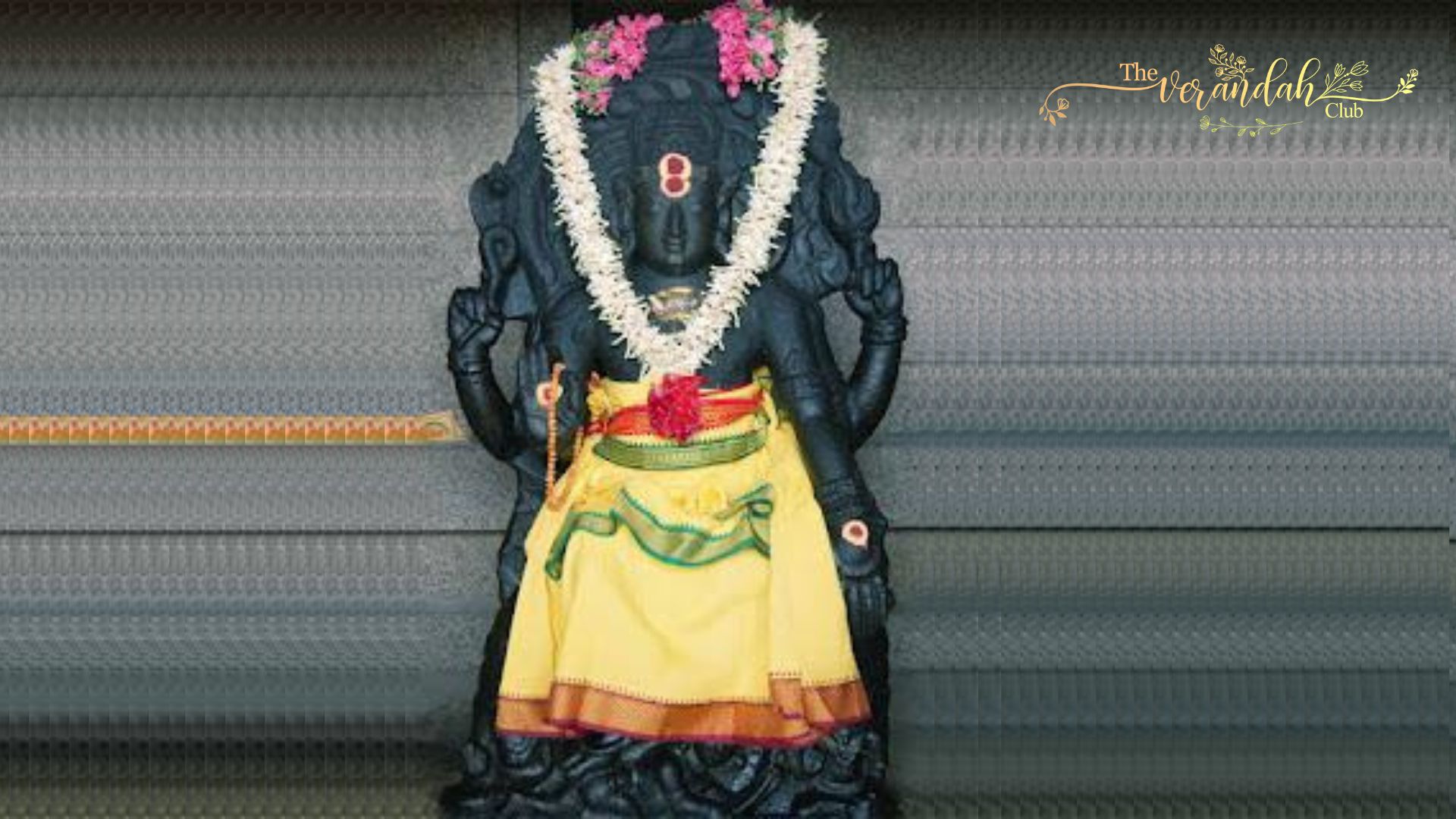
Kongunadu has peculiar characteristic features that are absent from other parts of Tamil Nadu. It is less developed when compared to Chozha and Pandya territories. This is mainly because it remained an unsettled area and battle ground of southern dynasties. Thus, sufficient attention was not paid towards the construction of temples. Hoysalas, Pandyas and Chozhas contributed towards the construction of the temples. With the advent of British rule, Coimbatore has grown industrially and in turn economically. There are seven padal-petra Shiva sthalams in Kongunadu and few other historically significant temples. One among them is Kalakaleshwar temple at Sarkarsamakulam popularly known as Kovil Palayam. Kovil Palayam is significant in terms of archaeology, as there are Ash mounds found in the banks of Kowsika river near the Kalakaleshwar temple. Lot of artifacts have been discovered here which shows its significance from very ancient times.
The Kalakaleswara along with Karunakaravalli bestows blessings to the Bhaktha Jana here. The theertham is called Kalapoigai.
Sarkarsamakulam is well known as Kavayanputur of Vadaparisara nadu. It was one of the 24 divisions of Kongunadu during the olden times. This town is located 17 kilometers from the Coimbatore Junction and 12 kilometers from Coimbatore International Airport on the Sathyamangalam Road.
Chozhan Purvapatyam calls this place as Kavayanputur, a tiny hamlet formed by an Irulan known as Kavayan. The Kavyakaliamman temple here should be a tutelary deity of this tribe and hence was named as such. The inscriptions also call this place as Kayanputur which later became Sarkar Samakukam. It is still the same name in government records, later came to be called as Kovilpalayam.
A 2000 year old east facing temple with the speciality of ayush homam. 60th, 70th and 80th marriages are celebrated here by the devotees on their birth nakshatra. This kshetra is also known to remove obstacles in marriage too.
Inscriptions of Kongu Chozhas, Pandyas and Hoysala were recorded in the year 1922 from this temple and the estampages are preserved by the Epigraphy branch of ASI. Now none of the inscriptions are present in the temple, after renovation. 23 inscriptions were recorded and the details can be found in the annual report of 1922 released by the epigraphy branch. This helps very much to know the history of this place from the nineteen inscriptions of Kongu cholas of 11th and 12th centuries. Two of them are from the 14th century, belonging to Kongu pandyas and one from Hoysala. There is notably an inscription from Vijayanagara period from the 15th century.
Brahma and Vishnu with his consorts Sridevi and bhoo Devi pray to Shiva. There are separate shrines for them along with Surya, Chandra and Navagrahas. The Surya and Chandra shrines are facing the lord on both sides of Main gopuram. The four Nayanmars are placed separately and worshipped. Kala Murugan Sannadhi is located between Shrines of Shiva and Parvati. The main shrine and Parvati’s shrine is with Artha Mandapam and Maha Mandapam. There is Nandi in Maha Mandapa too. The sculpture of Shiva kicking the Yama with his legs is beautifully portrayed on the top of the entrance of the main shrine.
A huge Dakshinamurthy equal to Alangudi present here makes it one among the biggest in Asia. Another unique feature is that there is a small Lingam on top of the Dakshinamurthy idol. Hence a large number of people visit this temple to worship him during Guru Horai and participate in the Lakshcharchanai during Guru Peyarchi.
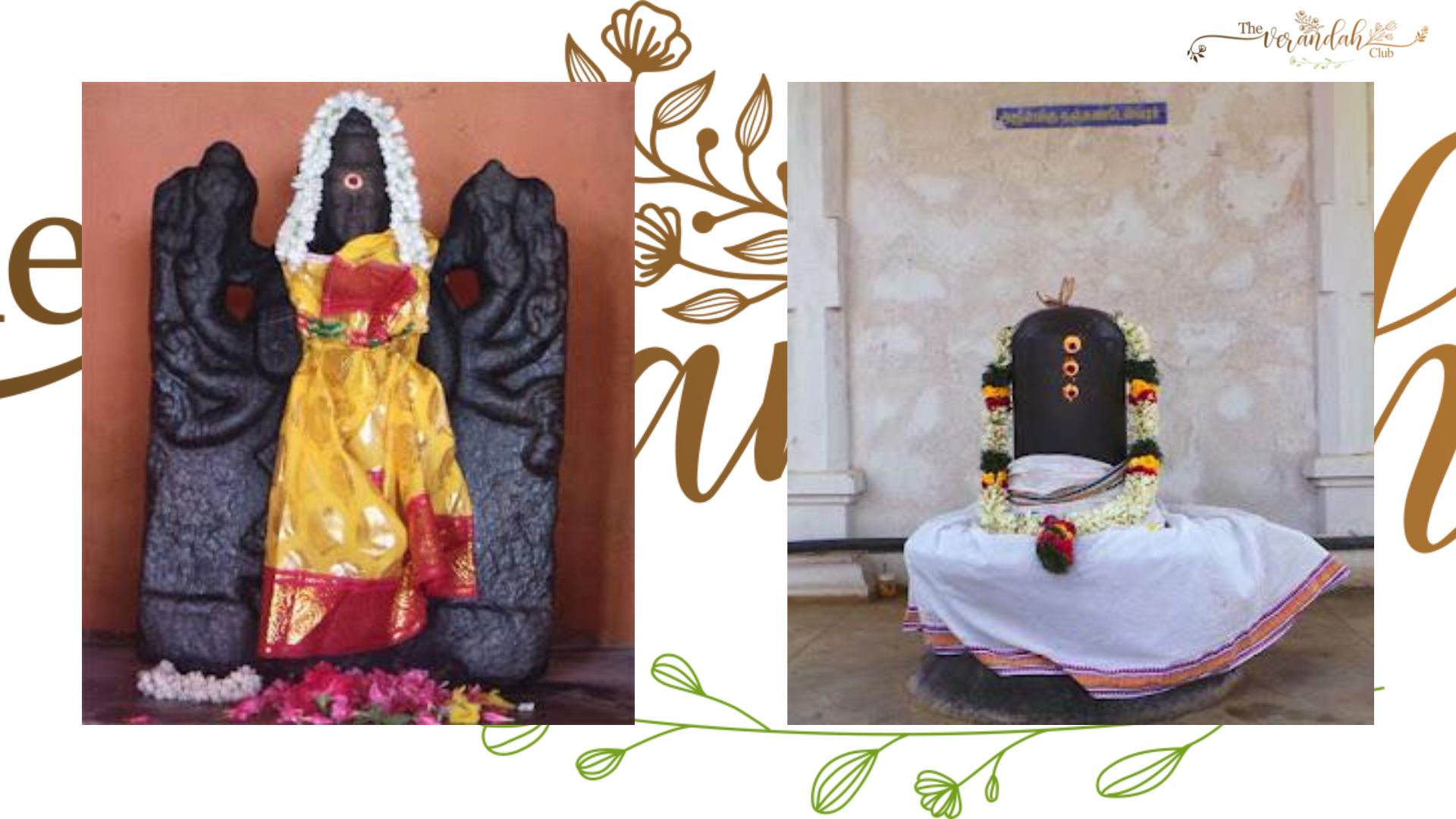
The Linga is made of White foam and sand thus abhiseka of curd, ghee and Panchamritha is prohibited.
Murugan Sannadhi is situated between Shiva and Parvati which is a speciality and he is in the form of Somaskanda. Soorasamharam in the Tamil month of Ipasi ( Oct-Nov) is celebrated here in a grand way.
Pradhosa Pooja is done to the Nandhi here which is green and contains features of Emerald. Although, now the colour has been changed.
Yama did penance on the banks of Kowsika river to get back his position as he was cursed and lost his powers when he tried to take the life of Markandeya who was embracing the Shiva with his both hands at Thirukadaiyur. When there were no stones or Vilva Patra or any other objects for Shiva Pooja, Yama took a stick and hit it on the ground hard. A huge layer of foam came outside along with sand. He formed a linga out of it and worshiped. Sage Viswamitra asked him to go back to Yamapuri saying his curse was lifted by his pooja and installed the linga there. Later a temple was formed at the site and thus goes the myth of this temple.
The king Kowisga who became sage Viswamitra performed a yaga here after which the place came to be known as Kowsika Puri. Kowsapuranam narrates the story. The Chozhan purva pattayam tells how Karikalan built 36 temples for Siva in Kongunadu and Kala Kaleshwaram is one among them. Both Talapurana and Chozhan purva pattayam agree that it was built as a parihara for the sins committed by the chozha although the reasons cited differ. Here it goes as per cholan purva pattayam. “Karikala chola as per advice of Narada did penance here and washed away his sin for unknowingly killing a young pig who was a brahmana in disguise during hunting. He also did renovation of this temple and also installed Nanjundeswara with bow and arrow.”
Honey and sandalwood paste abhiseka is performed and given as prasada which is believed to cure long lasting diseases. Couples hoping for a child would also offer prayers here. Coconut water is used for abhiseka of Nanjundeshwara which is believed to cure poisonous bites. This temple is equally important as that of Thirukadaiyur as Yama got back his powers by offering his prayers and is believed to bring longevity in life.
The literature covering the deities here are in the form of pathigam, chandakavi and malai along with puranam by Kandasamy swamigal of Siravai adheenam.
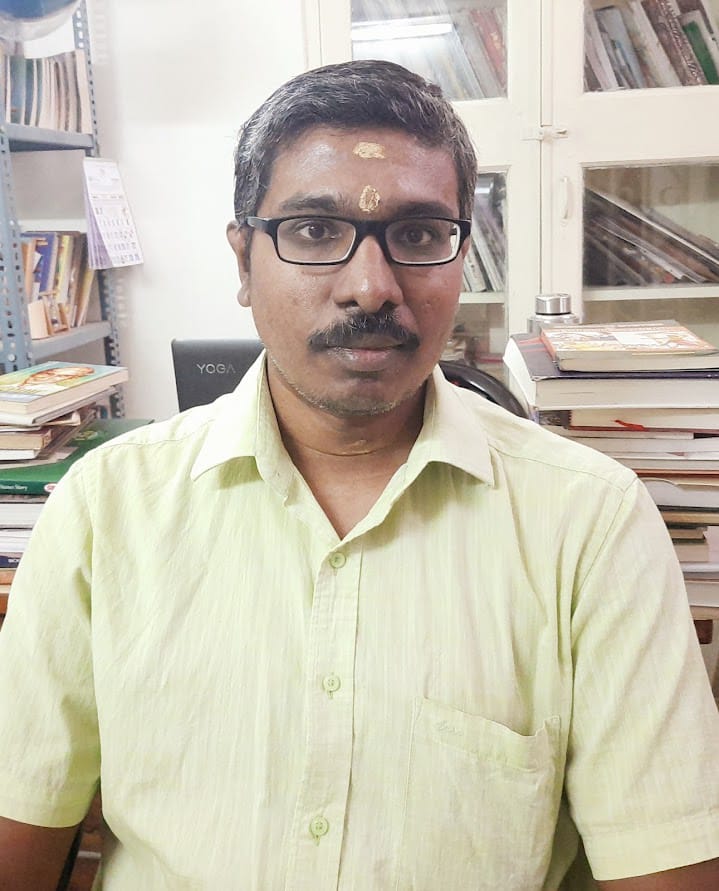 S. Gnanaprakash is history, religion, dance, and music enthusiast. He serves in the IT sector. He is keen to establish a cultural centre and a temple in the near future. His vast collection of books, videos, audios along with fine copies of art are one of its kind in Western Tamil Nadu.
S. Gnanaprakash is history, religion, dance, and music enthusiast. He serves in the IT sector. He is keen to establish a cultural centre and a temple in the near future. His vast collection of books, videos, audios along with fine copies of art are one of its kind in Western Tamil Nadu.
NEXT ARTICLE
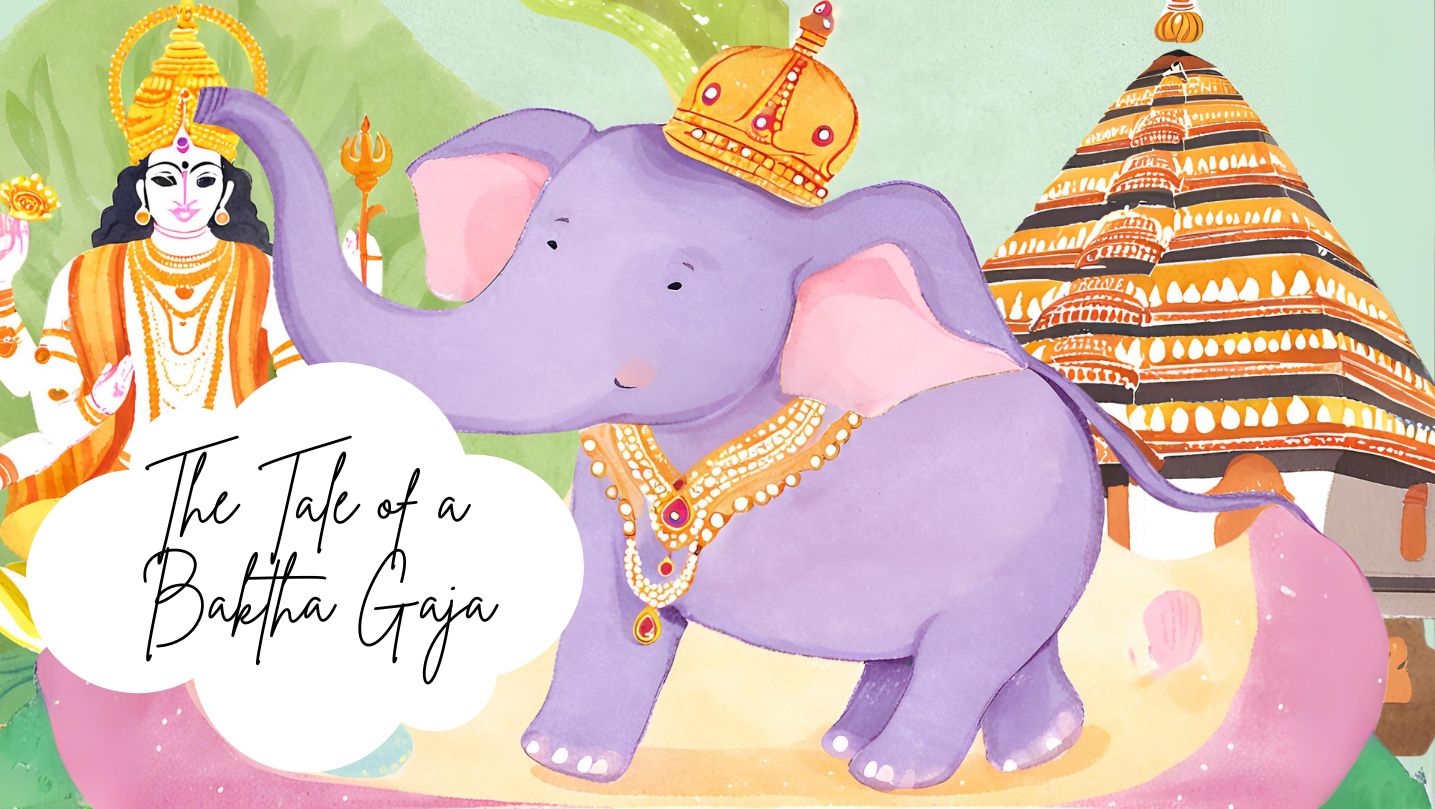
In the lush, green heart of Kerala lived an elephant who became a living legend - a tale of an elephant turned into a bakth. His name was Keshavan, bu...
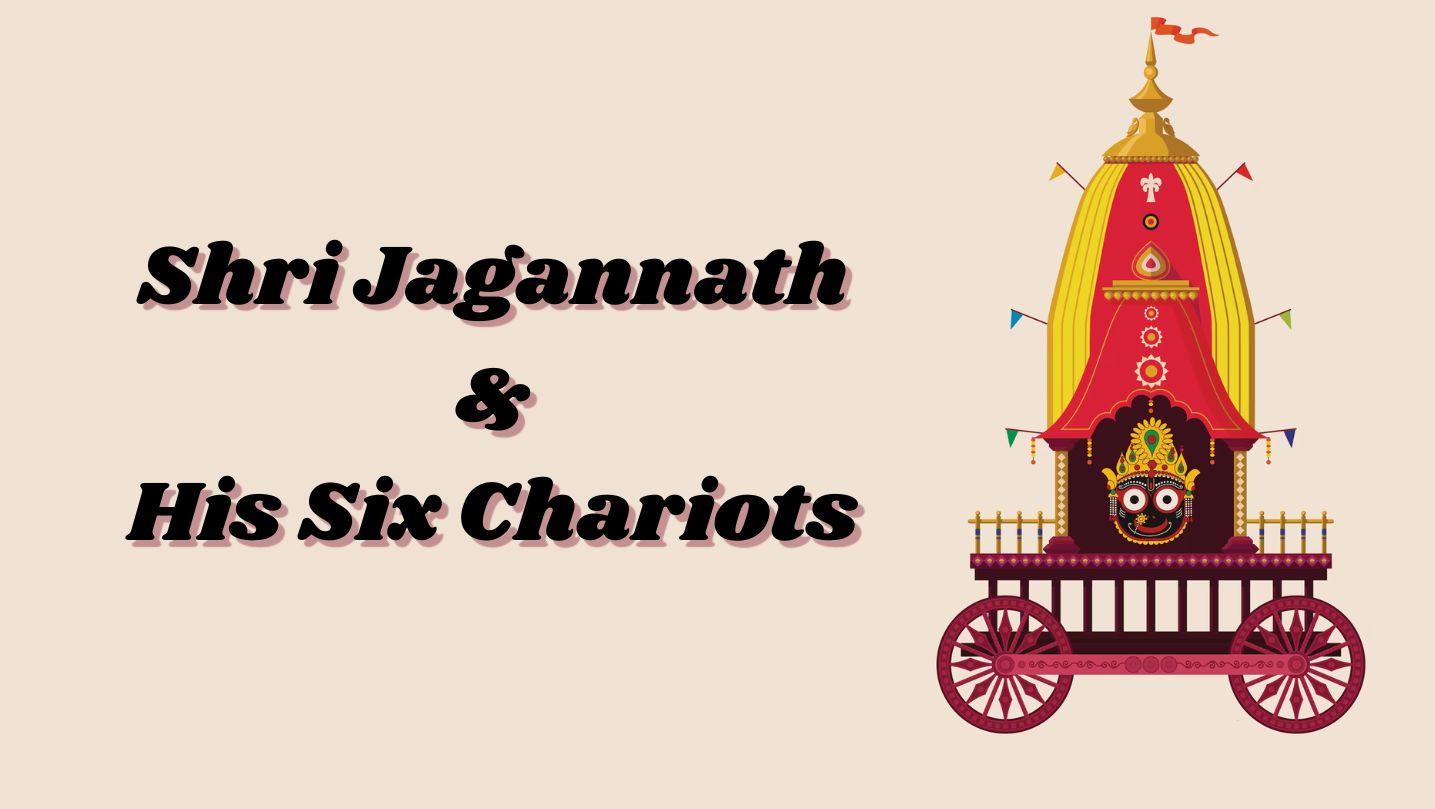
The Chaitanya Charitamrita by Shri Krishna Das Kaviraj provides a vivid description of the operations management of Shri Gundicha Yatra during the tim...
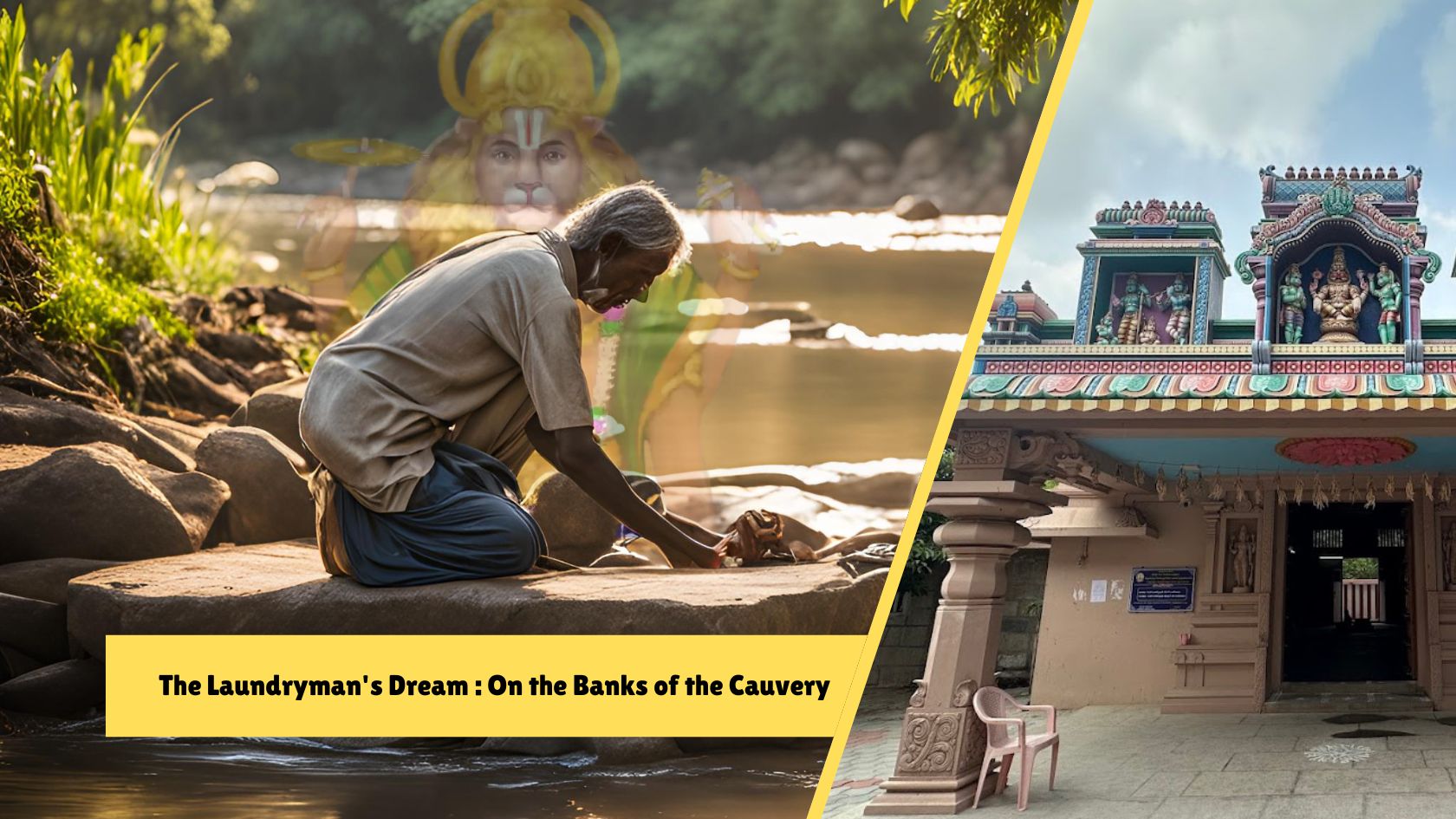
The sun beat down on my back as we stepped out of the car, the air thick with the humidity of rural Tamil Nadu. Chinthalavadi, a small village nestled...